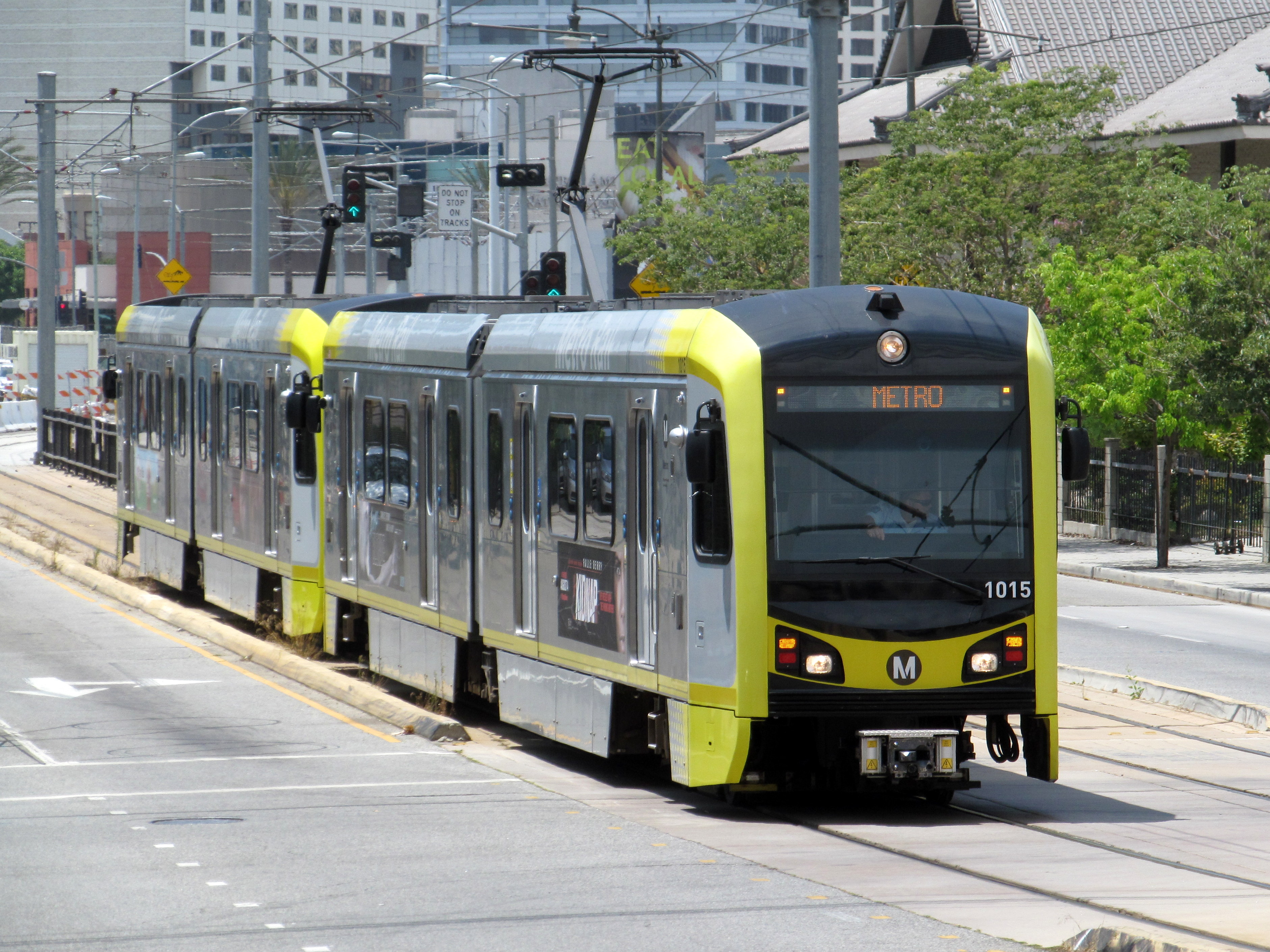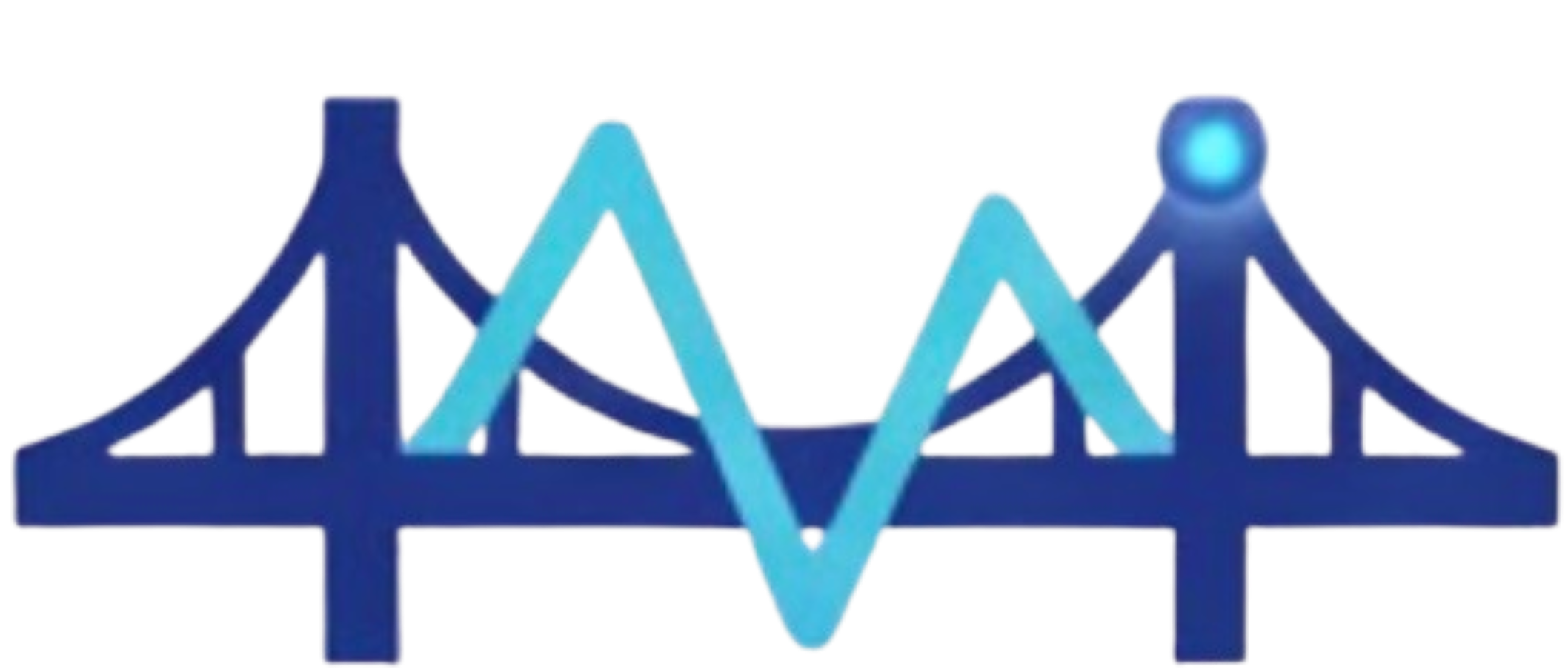
Rail and Transit Systems
Rail and transit system monitoring with track geometry and vibration sensors nationwide.
- Track Geometry and Vibration Monitoring
- Displacement Monitoring
- Vibration Monitoring Services
Request a sector consultation
Align your thresholds, instrumentation, and reporting with our PE-led team. We respond within one business day with tailored deployment options.
Rail and transit systems represent critical transportation infrastructure nationwide, facing unique structural challenges from heavy train loads, vibration, thermal expansion, and foundation settlement that can affect safety and service reliability. Commuter rail, light rail, subway systems, and freight corridors each present distinct monitoring requirements. Track alignment, bridge structures, tunnel linings, and station facilities must maintain precise tolerances while experiencing dynamic loads, environmental exposure, and continuous operations.
Our monitoring services address the specific concerns of transit authorities, rail operators, and infrastructure managers. We deploy sensors that detect early signs of track misalignment, structural movement, or excessive vibration before they affect service or safety. This proactive approach supports compliance with FRA regulations, state transit standards, and industry requirements while enabling data-driven decisions about maintenance scheduling and capacity improvements.
Nationwide deployment ensures consistent monitoring standards across diverse rail environments, from urban subway systems to rural freight corridors. We work with rail engineers to establish alert thresholds that trigger immediate responses to potential structural concerns, reducing service disruptions and ensuring continuous safe operations.
Popular Services in This Sector
Track Geometry and Vibration Monitoring
Rail systems require continuous monitoring of track alignment and vibration from train operations. This service addresses alignment issues and excessive vibration that affect service quality and structural integrity.
Displacement Monitoring
Foundation settlement and thermal expansion affect track alignment and bridge connections. Displacement sensors track movement patterns to identify areas needing track adjustments or structural reinforcement before service issues occur.
Vibration Monitoring Services
Heavy train loads create vibration that can affect adjacent structures and track stability. Vibration monitoring distinguishes between normal operations and potentially damaging events requiring structural attention.
Rail Bridge Monitoring
Rail bridges require specialized monitoring for heavy train loads and dynamic effects. Bridge monitoring ensures structural integrity and supports maintenance decisions for critical rail infrastructure.
Tunnel Convergence Monitoring
Subway and rail tunnels experience ground movement and lining deformation. Convergence monitoring detects changes that could affect clearances or structural integrity requiring maintenance attention.
Long Term Monitoring and Alerts
Rail systems require continuous oversight spanning years to track deterioration trends and alignment changes. Long-term monitoring programs provide trend analysis and automated alerts for gradual changes affecting service reliability.
Frequently Asked Questions
What structural challenges do rail systems face nationwide?
Rail systems face heavy train loads, vibration, thermal expansion, and foundation settlement across diverse environments. We provide monitoring that addresses track alignment, bridge integrity, and tunnel stability concerns nationwide.
How does monitoring support rail operations without disrupting service?
We use wireless sensors and remote monitoring to minimize service impact. Our systems nationwide operate continuously during train operations, providing real-time data without affecting schedules or passenger service.
What role does track monitoring play in rail safety?
Track alignment and geometry directly affect train safety and service quality. Our monitoring provides continuous assessment of track conditions and structural elements supporting rail operations nationwide.
How do train loads affect structural monitoring?
Heavy freight and passenger trains create dynamic loads on tracks, bridges, and tunnels. Our monitoring tracks structural response to operational impacts and provides alerts for conditions requiring maintenance attention nationwide.
Example of Our Capabilities
Sector Type
Rail and Transit Systems
Situation
A commuter rail line in Massachusetts needs monitoring for track settlement and bridge vibration
Our Approach
Install displacement sensors along track alignments, vibration sensors on bridge structures, and convergence monitoring in tunnel sections
Expected Outcome
Real-time structural health dashboard showing track alignment, vibration levels, and settlement rates with alerts for maintenance needs
